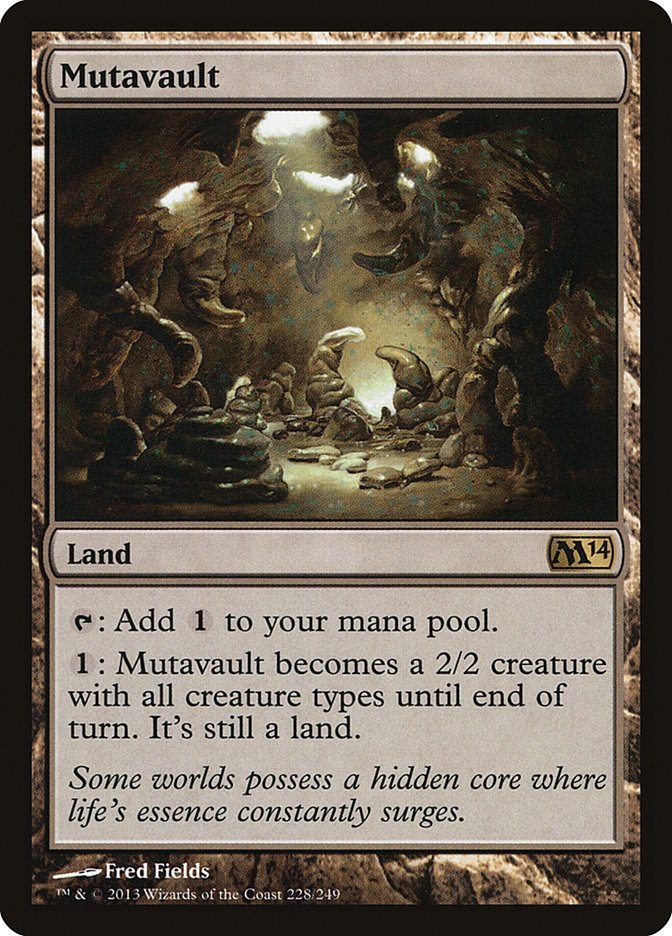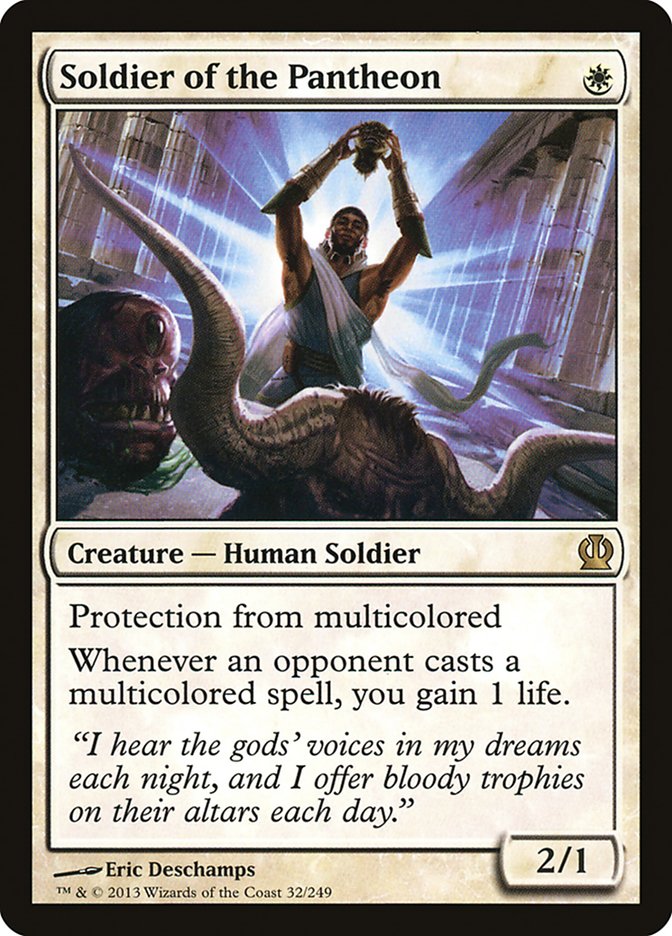Hello everyone! For those of you who don’t know me, my name is Ben Lundquist aka Benny Beatdowns. I’m originally from upstate New York (yes, like Reid Duke), but just about a year ago I moved to San Diego to work for Stone Blade Entertainment in game design with some of my good friends. I am blessed with the great opportunity to work on some sweet projects such as Ascension and SolForge alongside some iconic Magic players that I’m sure you’ve heard of like Brian Kibler, Justin Gary, Patrick Sullivan, Mark Herberholz, and John Fiorillo.
I remember following Magic coverage for the first time for Pro Tour Houston 2002. It may have been this event that totally hooked me, as I was immediately spoiled with a feature match of Kai Budde versus Jon Finkel. I followed the whole way through, trying to learn anything I could from the greats, all while cheering for my favorite writers and people I looked up to like Gerard Fabiano and Brian Kibler. Fast forward to today and Gerard is my best friend, I hang out with Kibler just about every day, and the winner of the PT Houston, Justin Gary, is the owner of the company I work at. Call it a coincidence I guess.
This past weekend I was crowned the StarCityGames.com Standard Open champion in Los Angeles. It’s a pretty awesome feeling to be able to hold the trophy at the end of the day, especially when I didn’t plan to play in the event to begin with. It’s not that I didn’t want to play, but I just don’t practice much anymore and don’t like being underprepared. One thing that stuck out to me leading up to the event was when Patrick Sullivan was trying to convince me to play; he said, "Without any practice at all, you are still going to be the fourth or fifth best Esper Control player in the room."
I don’t want to be anything but the best player in the room, but it was probably true that I wouldn’t even be the best Esper Control player in the room. I hadn’t played a game of Standard since before M14, and playing a reactive deck takes a ton of preparation and understanding of what cards are important in each matchup, much more than I had time to spend on.
In addition to this, I actually am not a fan of how slow and clunky Esper looks right now and thought that I could find a deck with a better curve. Up until the drive to the event, I was strongly considering playing straight U/W Control with four Syncopates and a few Dissolves with no Detention Spheres, but ultimately I still felt that the deck was clunky, wasn’t confident enough with knowing exactly what cards would matter, and thought I might find myself unsure of what to counter.
Another deck that had been on my radar (at least in the office chats leading up to Pro Tour Theros) was Mono-White Aggro splashing red for Boros Charm. I’m not typically a guy that likes to attack despite what my nickname might tell you, and I even told myself that I would never play a White Weenie deck ever again after trying it out in Time Spiral Block Constructed (the deck had no reach and had very little play to it). However, one of my favorite cards of all time is Mutavault, and that card loves to attack.
I remember one day looking at the Magic Online Daily Event results for a W/R Aggro list to base mine off of. I saw some, but I wasn’t very impressed. I didn’t see a single list with Boros Elite—most opted for Judge’s Familiar instead—and none played Frontline Medic, choosing Banisher Priest instead. Judge’s Familiar is a card that you will absolutely never see in one of my decks, and Boros Elite in conjunction with Mutavault was one of the things that made me interested in the deck to begin with. Banisher Priest, on the other hand, seemed interesting. I knew I couldn’t play this card in addition to Frontline Medic; Ajani, Caller of the Pride; and Spear of Heliod, so sacrifices had to be made.
Here is one of the lists that I found while inspecting:
Creatures (27)
- 4 Judge's Familiar
- 4 Dryad Militant
- 4 Precinct Captain
- 3 Daring Skyjek
- 4 Banisher Priest
- 2 Imposing Sovereign
- 2 Cavalry Pegasus
- 4 Soldier of the Pantheon
Lands (22)
Spells (11)

I’d never play the deck like one above, but looking at other people’s decks for ideas as a starting point allows you to cut a lot of corners. Just by looking at the list I knew a lot of things just weren’t optimal, so I just took it from there.
For instance, Boros Charm is rarely a card you need to cast early, so adding a land like Boros Guildgate just for that card is not something I’d really like to do. Boros Guildgate will slow you down sometimes and has very little upside. Two Mutavaults just weren’t enough for me, as it is probably the best card in the deck and if it isn’t that’s only because Brave the Elements doesn’t work with it.
Cavalry Pegasus is like Judge’s Familiar to me—just way too weak on its own for my liking. Imposing Sovereign looks appealing, but Azorius Arrester plays a similar role and you don’t have to ever wonder if it should be played before a more powerful card like Precinct Captain or Daring Skyjek just to make use of its ability. Other than that, Ajani is too powerful not to play, and Spear of Heliod is only so-so. I suspect Spear will actually get better with time, though, as people will start packing some Electrickerys and Golgari Charms in their sideboards.
Here is the list that I played at #SCGLA:
Creatures (26)
- 4 Dryad Militant
- 4 Precinct Captain
- 2 Azorius Arrester
- 4 Boros Elite
- 4 Frontline Medic
- 4 Daring Skyjek
- 4 Soldier of the Pantheon
Planeswalkers (3)
Lands (22)
Spells (9)

My sideboard was mostly just thrown together, as I hadn’t played a game with it before the event. Mizzium Mortars was pretty good for me since it kills Blood Baron of Vizkopa and Stormbreath Dragon, which are two otherwise unanswerable threats. I’ve seen some sideboards playing Celestial Flare instead, and that seems pretty bad to me. I don’t want to give someone the ability to block before I kill their creature if I can help it, so Mortars just makes a ton more sense here when trying to find the right card. I can kind of be sympathetic to the argument that you want the card to fight both Stormbreath Dragon and maybe something like Boros Reckoner, but I feel like that is actually trying to be too greedy with a card that is actually mostly worse.
Pacifism was pretty good every time I drew it, and there should probably be more. It’s one of the best answers to Boros Reckoner outside of Glare of Heresy, but I don’t want to bring that card in against a red deck if I can do better. Fiendslayer Paladin was great for me all day, and after the first few rounds I thought it might be the actual best card in the deck because when it is good it is almost game over on its own. Warleader’s Helix was boarded in a few times, but it never really came up. I have a hunch it might just want to be an additional Pacifism anyway.
Banisher Priest was boarded in a lot, usually shaving a couple Frontline Medics and a Spear of Heliod to keep the curve about the same. They were really good for me as well, but being so bad in the control matchups is a huge turnoff for me. I hate drawing underpowered cards, especially in game 1, which is why I would much rather go with the Frontline Medics and then sideboard them out for slightly better cards from there. Frontline Medic is actually quite good at fighting Boros Reckoner in game 1 and is a powerful card on its own in all the other matchups as well.
If I could replay the tournament again, my list would look more like this:
Creatures (26)
- 4 Dryad Militant
- 4 Precinct Captain
- 2 Azorius Arrester
- 4 Boros Elite
- 4 Frontline Medic
- 4 Daring Skyjek
- 4 Soldier of the Pantheon
Planeswalkers (3)
Lands (22)
Spells (9)
Sideboard

As you can see, I wouldn’t change anything other than the sideboard. I didn’t get to play against as much control as I had thought there would be, so I might be off on the idea of cutting a Burning Earth. I actually cast it a couple times, and Blood Baron of Vizkopa made it not a real threat, so I prefer just having more ways to deal with that card and staying as fast as possible.
Playing the deck seemed pretty straightforward at first, but when I watched other people play with my deck in between rounds, there were a lot of interesting decisions that came up. When to attack with Mutavault, when to cash in Brave the Elements, when to sandbag it a bit longer, what to do with Ajani, etc. These were all things that I really liked about the deck since it felt like it had a lot of play and I never felt like I was playing a mindless beatdown deck at all. I definitely missed quite a few Soldier of Pantheon triggers as well. In theory it seems pretty easy to remember, but in practice it just wasn’t (I’ll be working on that heh).
The majority of the games I played were on camera, and I’m sure there are things to be learned from some of the plays and commentary throughout the tournament. I remember most rounds being a breeze as I just curved out and killed my opponents before they really did anything of relevance. Other decks are just trying to do their own thing, and nothing really comes together until the midgame for them. Cards like Heros Downfall and Tidebinder Mage are just not things this deck cares about, and with Brave the Elements you can impact the game in a huge way with just a single mana. Not many cards have access to such high-impact cards for such a low mana cost.
I’m honestly not really afraid of any matchups in the current metagame with this deck, but I’m sure that with enough tweaks here and there this deck could also be in a bit of trouble. In the meantime, reap the rewards and enjoy giving [benny] beatdowns!


